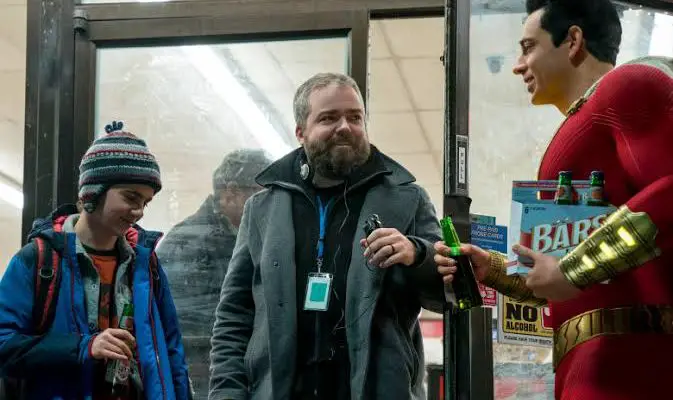[Watch] David F. Sandberg Reveal The Truth About Test Screenings
Test screenings might be anathema for purest indie filmmakers, but they’re part of the process in studio filmmaking. Hundreds of millions ride on these big DC and Marvel blockbusters. And it might just give a director a sigh of relief, or serious ulcer depending on test audiences view of your rough cut.
Do you want to know if your scary movie is scary? Is your comedy funny? If you’ve ever wondered how test screenings work, then watch David F. Sandberg’s hilarious video below. The director of Shazam! takes us through how test screenings work, what the studio execs are looking for.
Sandberg states that test screenings actually allow you to step outside the process of making your film and viewing it from an audience’s perspective. As a filmmaker, you’re familiar with a script, and you’ve been immersed in making it for months. You’ve heard a joke a million times and don’t know anymore if it’s funny. And shooting horror scenes just aren’t scary on set.
Far from being a bunch of dunces, test audiences are pretty savvy. They are made up of different people from different backgrounds, genders, and ages. A test audience’s reaction to your film can highlight a film’s flaws.
Test audiences don’t see the finished film. Sandberg explains how they’ll view a low-resolution version, with temporary sound effects, and temporary music that is often borrowed from other film’s soundtracks. VFX also won’t be complete. Sometimes scenes will just be in storyboards or even black with white text like cue cards telling you what is meant to see.
After the closing credits, each test audience member fills out a questionnaire about the movie, including the scariest question for the director: What did you think of this movie?
Twenty or so people may be selected to stay behind for a focus group, which brings even more clarity into what is good or needs improvement. This may seem to many like removing the creativity out filmmaking. But Sandberg stresses that blockbusters are films for wider appeal.
There is always a possibility that test audiences will try too hard to find flaws in your film. But it is also a good way to test ideas you’re unsure about. For example, often two different test audiences will view two different endings. From there the director and studio can choose which ending is received best.
The hope is that little needs to be altered. Maybe just a little re-editing. And hopefully, no extensive reshoots need to be made. Either way test screenings are ultimately positive to ensure your film will be received with wider audiences at the time of general release.


